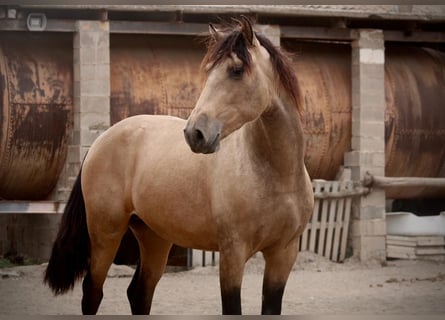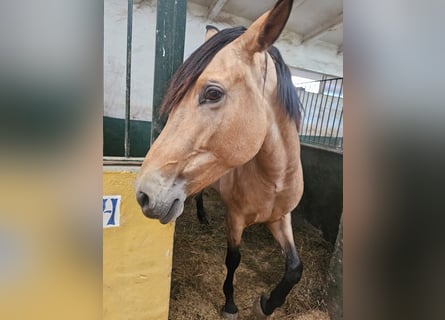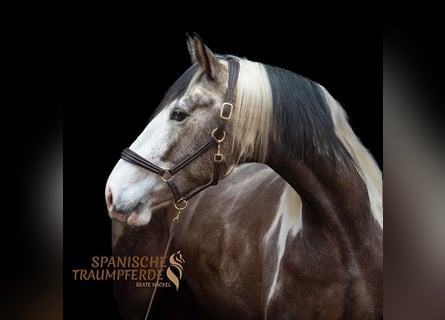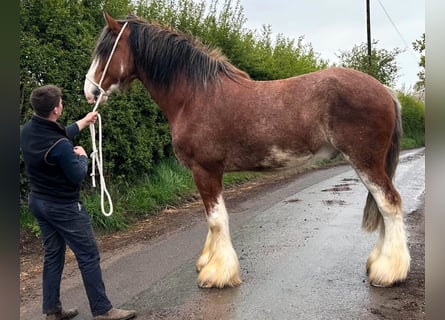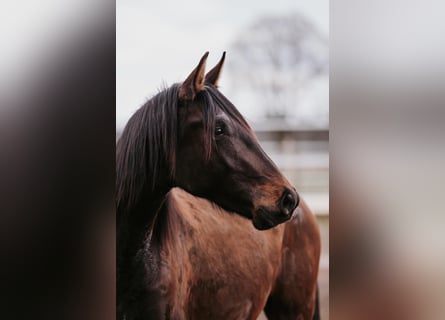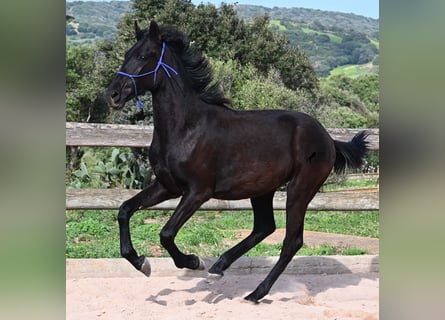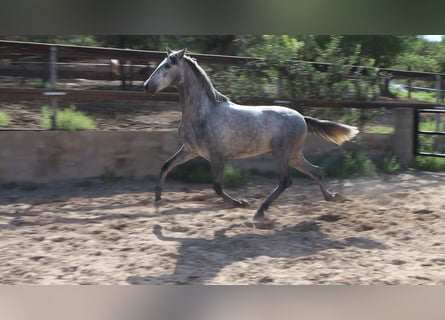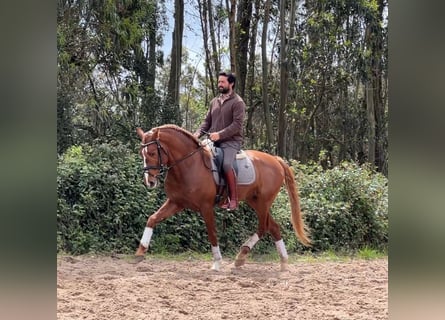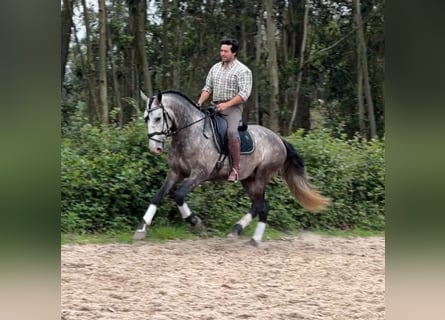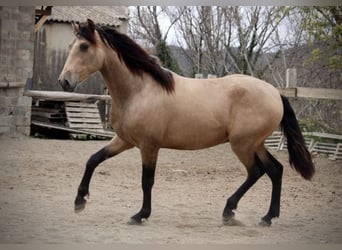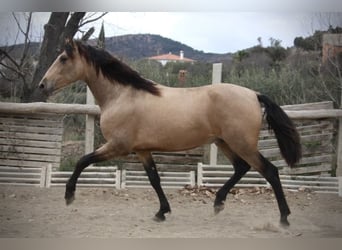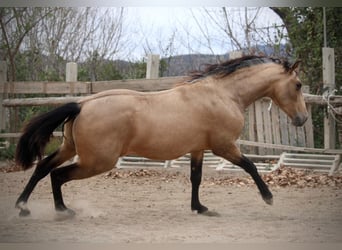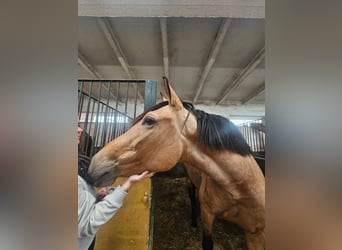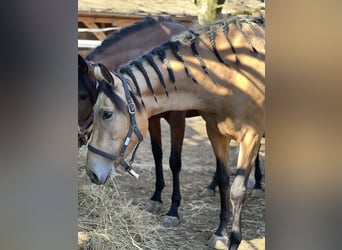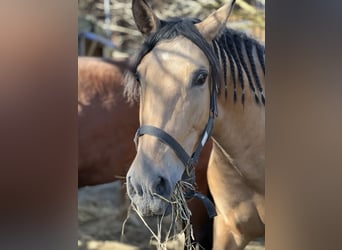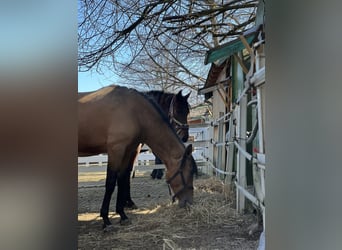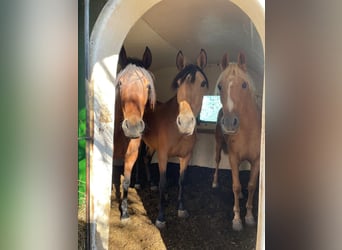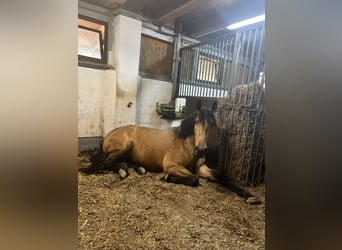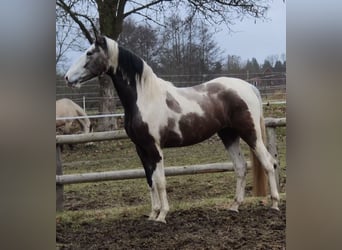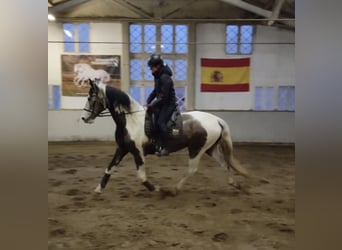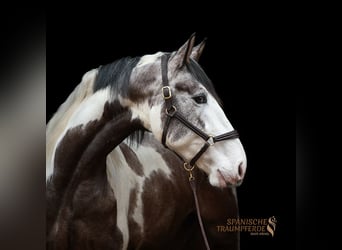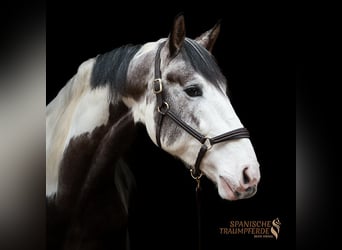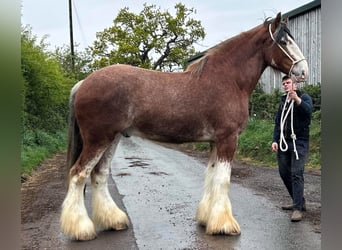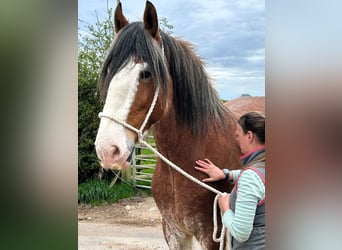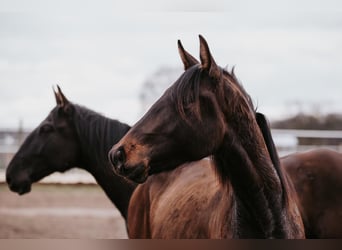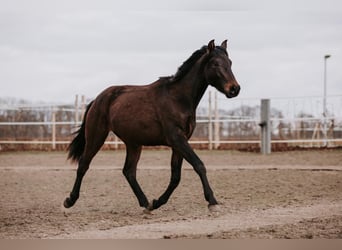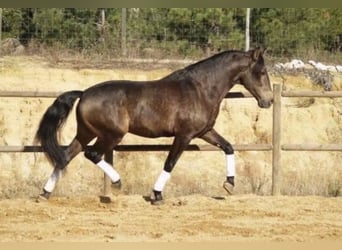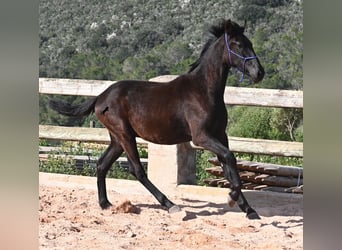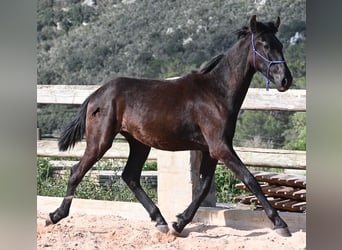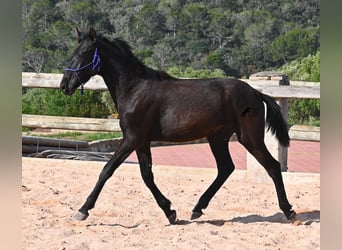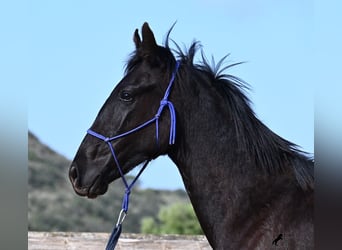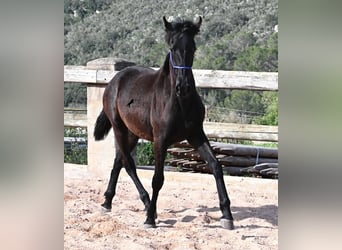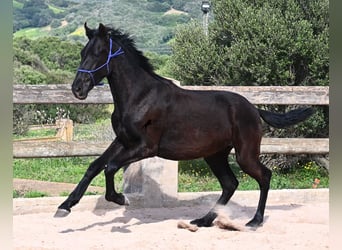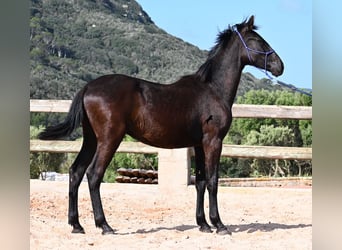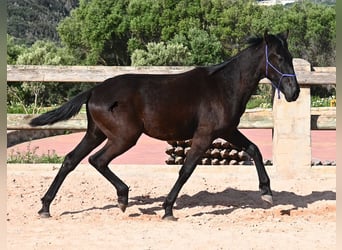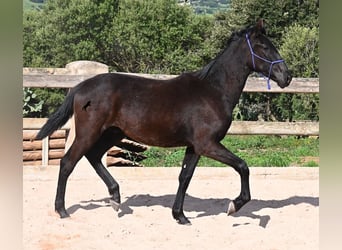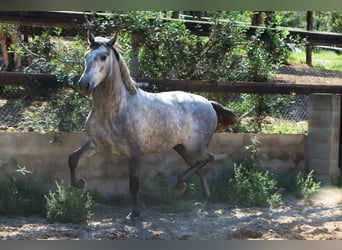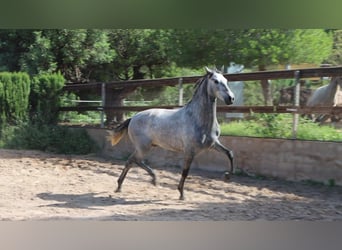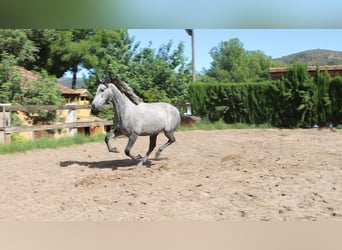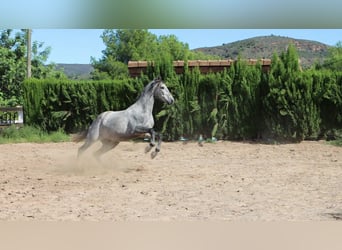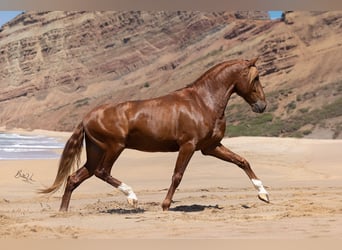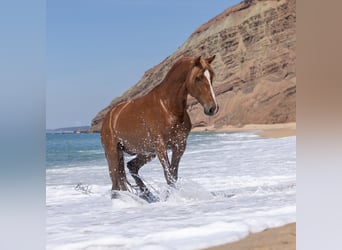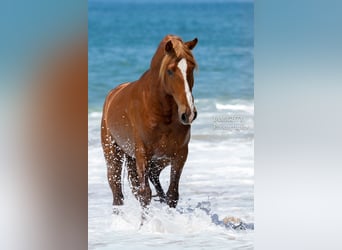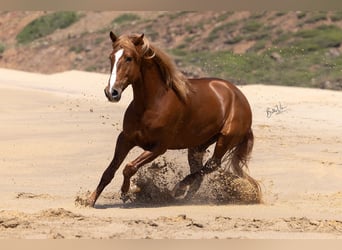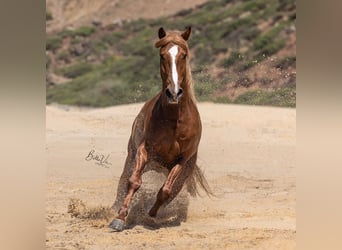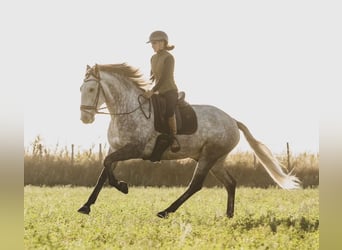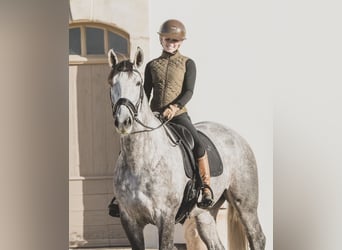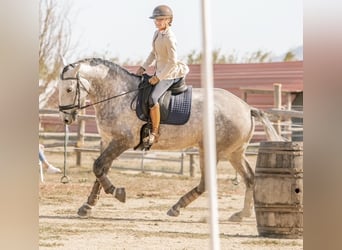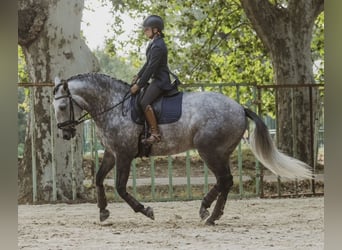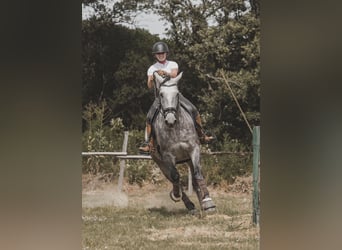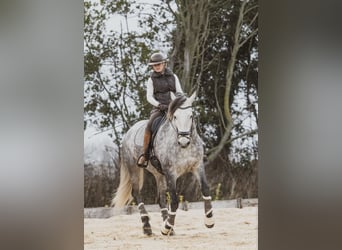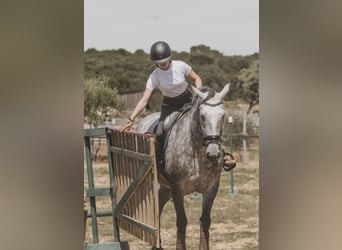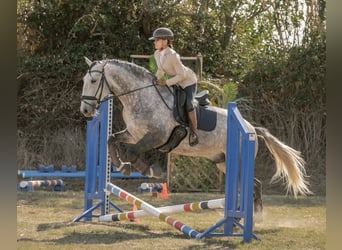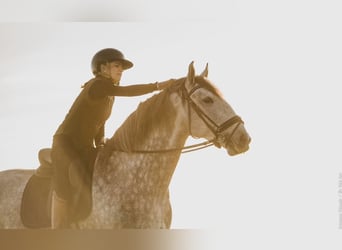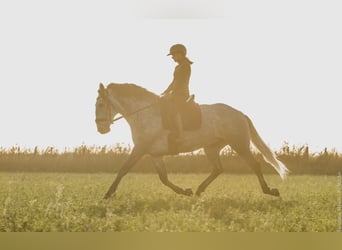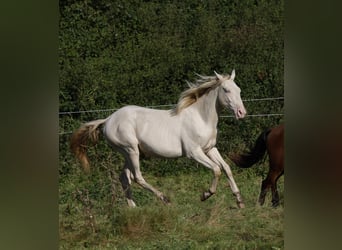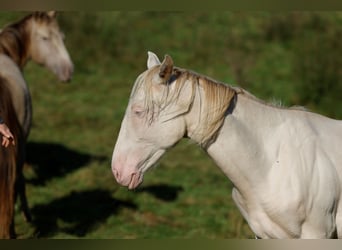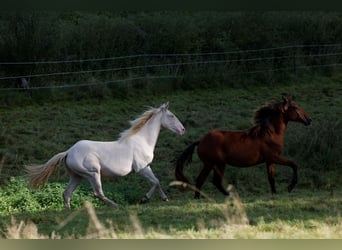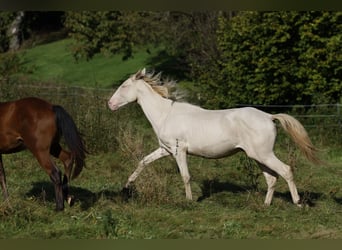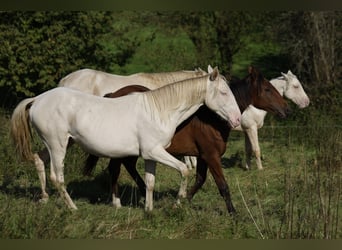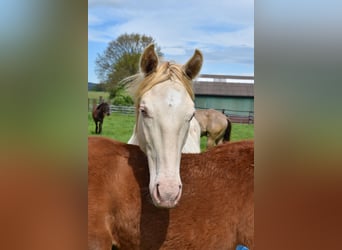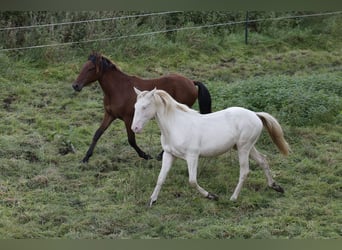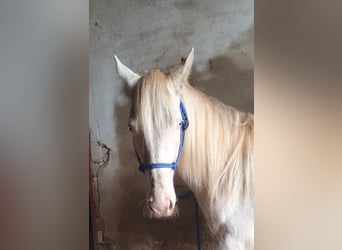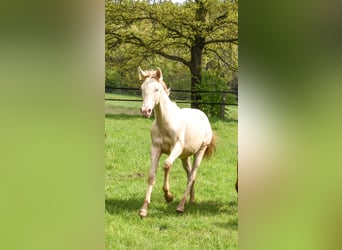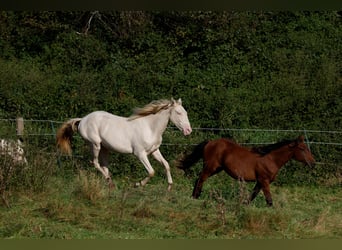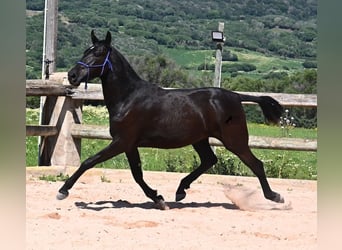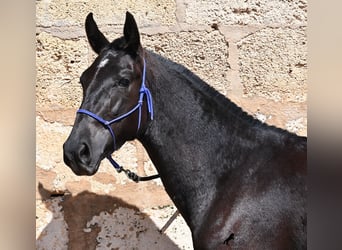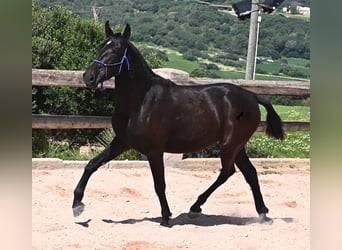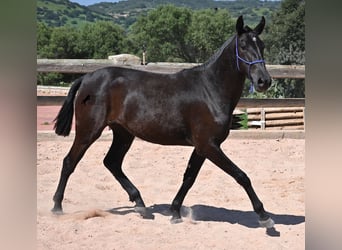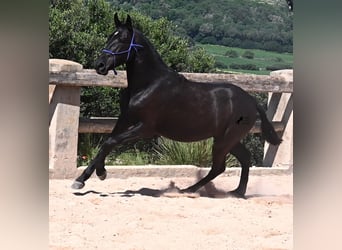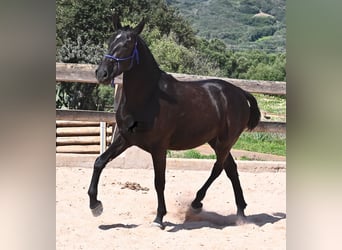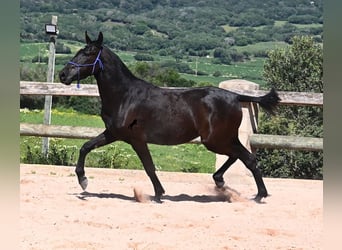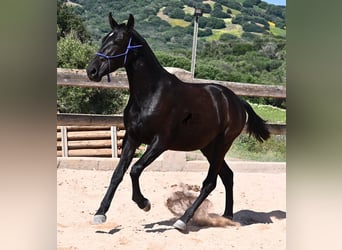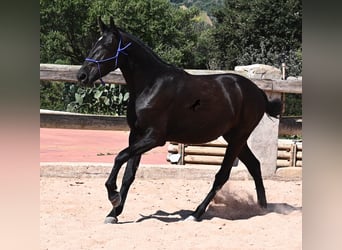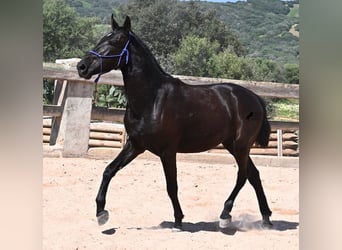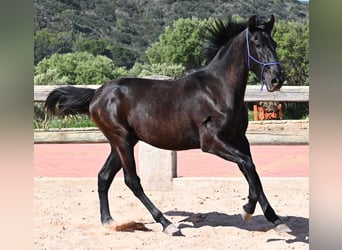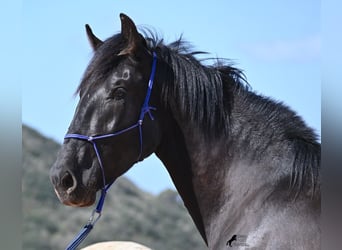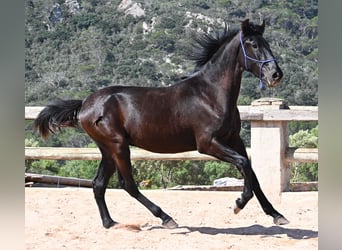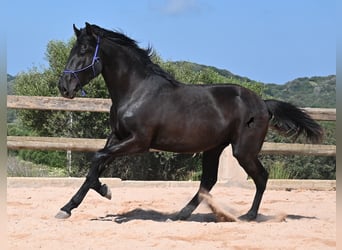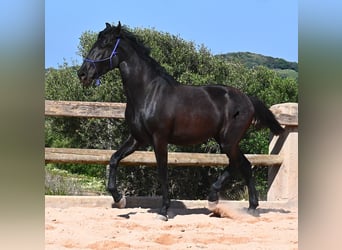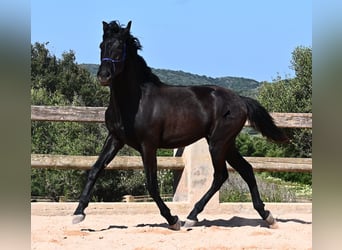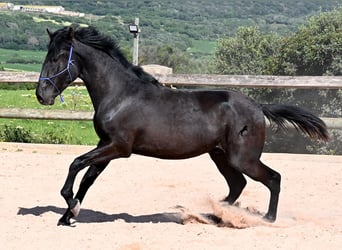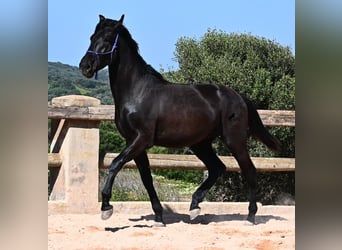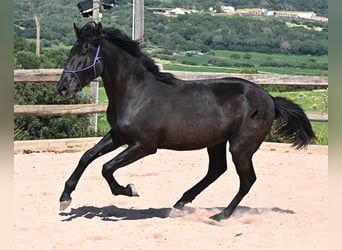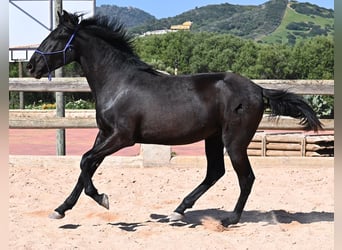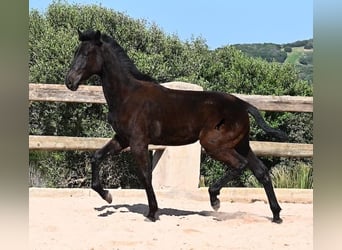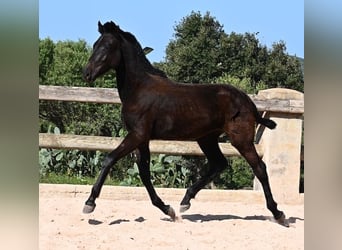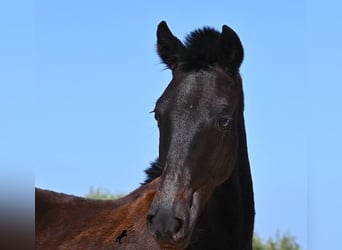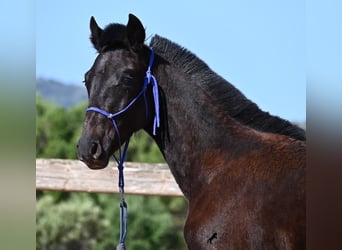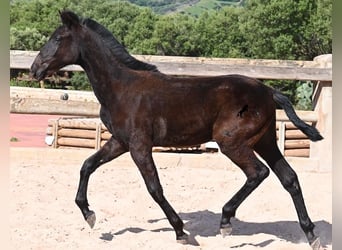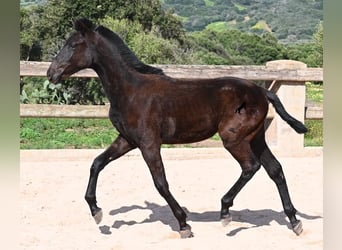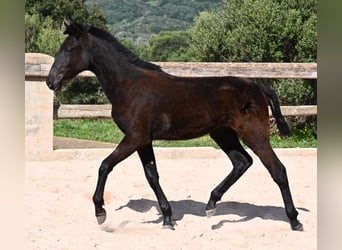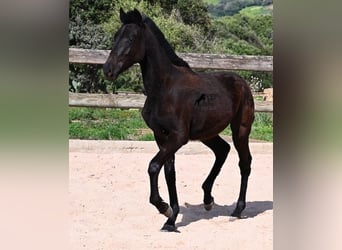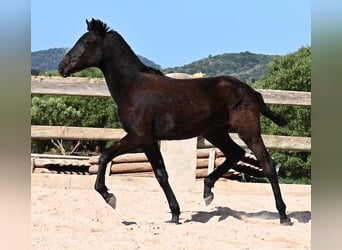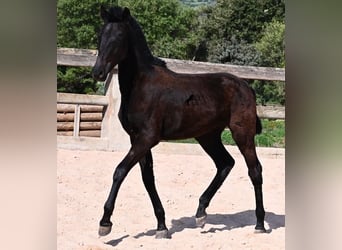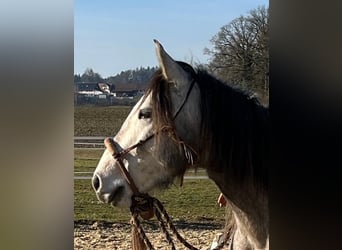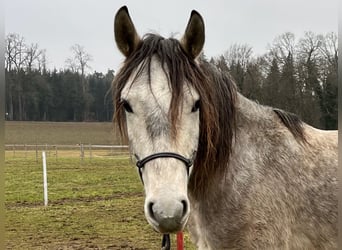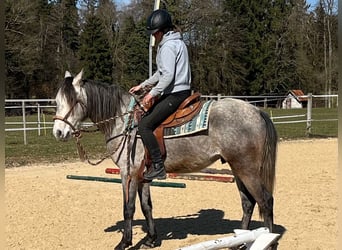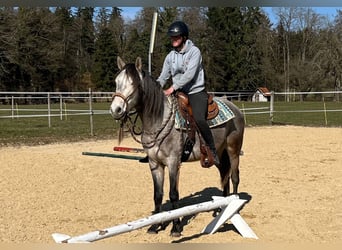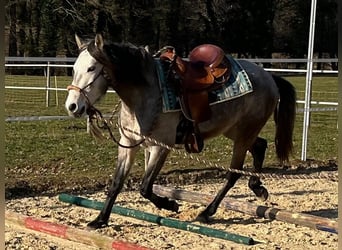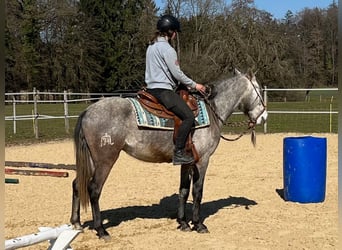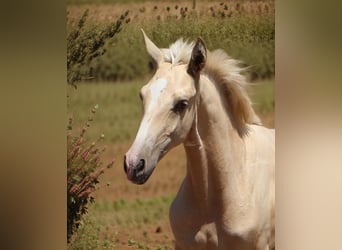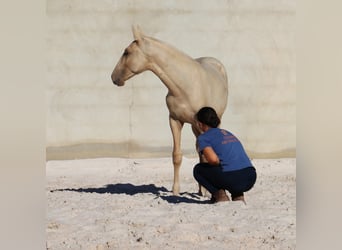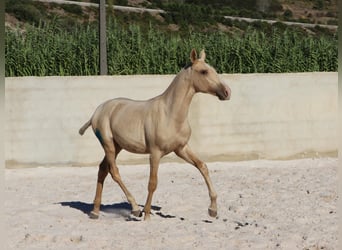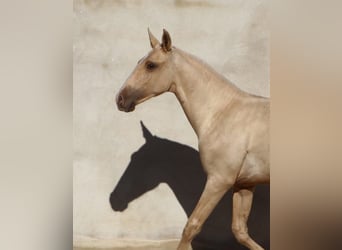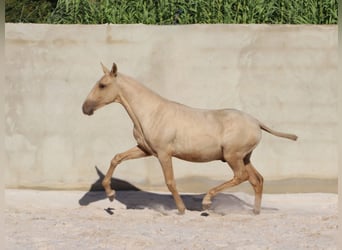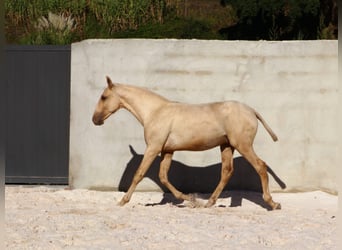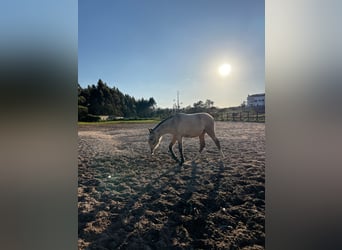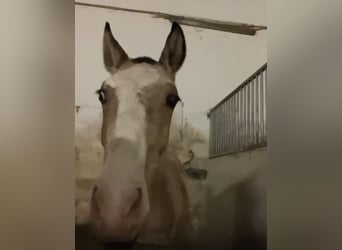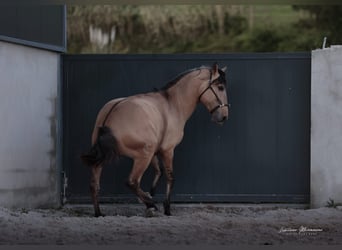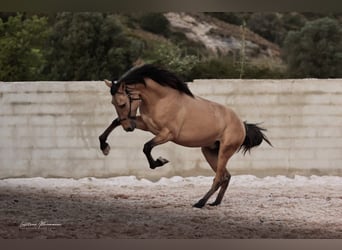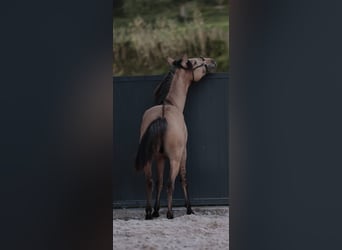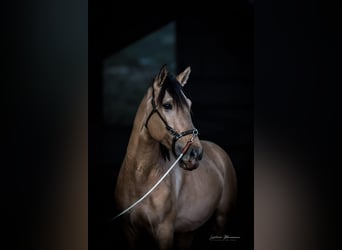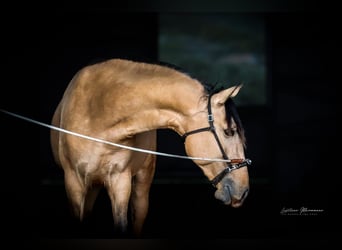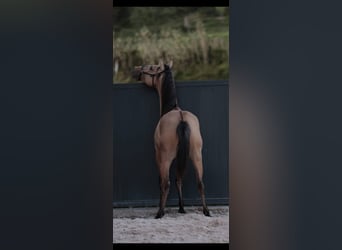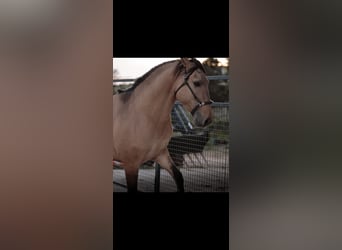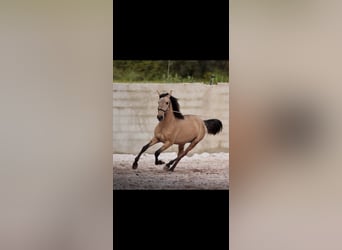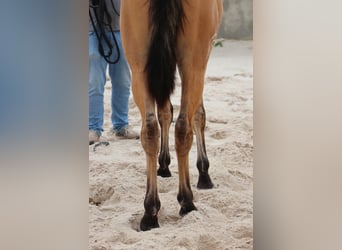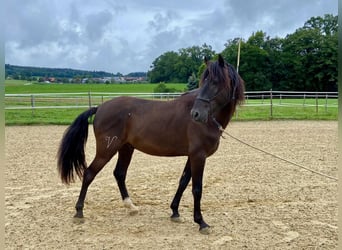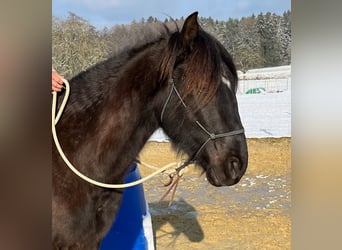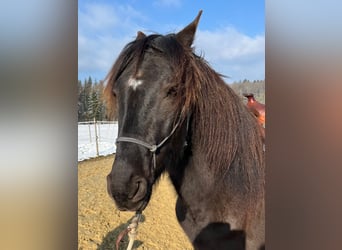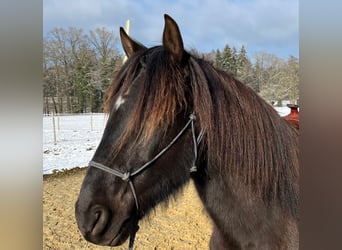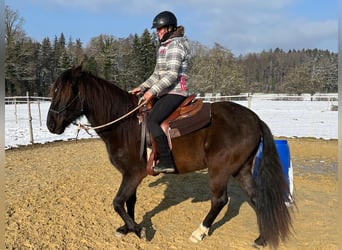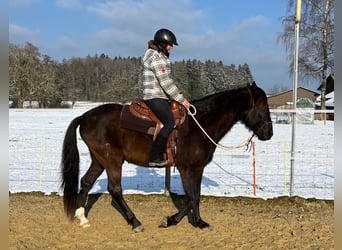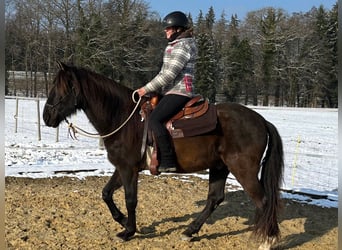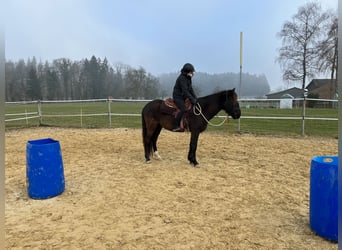AT
Working Equitation - horses for sale
Page-1-Ad
In addition, interested parties can directly see more information. This significantly increases the number of potential buyers.

AT
AT
BE
DE
GB
DE
ES
ES
PT
PT
FR
DE
ES
ES
ES
CH
PT
PT
PT
CH
Working Equitation horses for sale
Working Equitation is one of the most interesting equestrian events to have emerged in the past twenty-five years. Not only does it test the skills and partnership of a horse and rider, but it is also a multi-national showcase for equestrian traditions and costumes of participating countries. The concept originally came from Iberian equestrian traditions, with their long history of working cattle from horseback. Riders compete in a series of events that draw on classical dressage, trail riding skills and even gymkhana, with the aim of displaying the strength of the bond between horse and rider, as well as the ability of teams of horses and riders to work in harmony. Working Equitation demands partnerships that can multitask!
Characteristics of a Working Equitation Horse
As well as being an opportunity to demonstrate the equestrian skills and traditions of various countries, Working Equitation is also an opportunity to showcase regional breeds and national horse talent. Competitors progress from novice, through intermediate, to advanced level. There are also events for juniors. Riders working at advanced level will be expected to ride with one hand, usually the left hand, on the reins, just as they would if working cattle, leaving the right free to use a garrocha pole or another implement. This requires a horse that is responsive, agile and able to make quick transitions and changes of lead, moving between extension and collection fluidly and intuitively.
Working Equitation Horse: The Best Breeds for this Discipline
The compact, agile breeds of the Iberian Peninsula, such as Spanish PRE horses and Portuguese Lusitanos , do extremely well in Working Equitation events. South American breeds do well, too, since they are the descendants of Iberian horses, which have also developed a high degree of hardiness due to developing in the tough environment of another continent. Iberian horses are all bred and trained to work with cattle, as well as perform classical dressage, which provides a foundation for their other skills. There are many nimble horse and pony breeds throughout the world though, and any of these can make a successful Working Equitation horse. The mountainous areas of Europe, Scandinavia and the Americas have long produced local horse and pony breeds that are sure-footed and agile, not to mention quick-thinking. Many make excellent prospects for both team and individual events. Success in Working Equitation is as much about the quality of the partnership, dedication and practice as it is about the breed of horse or pony.
Working Equitation Horses in Equestrianism
Essentially, Working Equitation offers a challenge to international equestrian teams and to individual riders. How will a team of British riders perform in the cow event while dressed in traditional clothing and using English saddles and bridles? How about a Swedish or German dressage rider tackling the obstacles in the speed event, while a rider who is more used to herding stock takes on the dressage challenge? Part of the test is the ability to rise to the demands of four trials that are so diverse. These include freestyle dressage to music with a number of required movements to be performed in a given period of time. The Ease of Handling event tests the partnership’s ability to tackle the type of hazards and obstacles they would encounter in a working environment. Then, the pair is tested again, but at speed, against the clock! This fast-moving event requires quick responses, sharp turns and effective negotiation of obstacles, such as barrels, poles and gates. Finally, the cow event is a team effort, with riders attempting to separate a marked cow from a herd. This is the point at which the previous skills exhibited by horse and rider are really put into practice. With keen competitors in seventeen nations, Working Equitation is a global sport with an international governing body: The World Association for Working Equitation (WAWE), as well as national governing bodies in each of the participating countries. Colourful, fast and varied, it’s clear that as well as providing a novel challenge for horses and riders, Working Equitation is also visually appealing and exciting for spectators.
